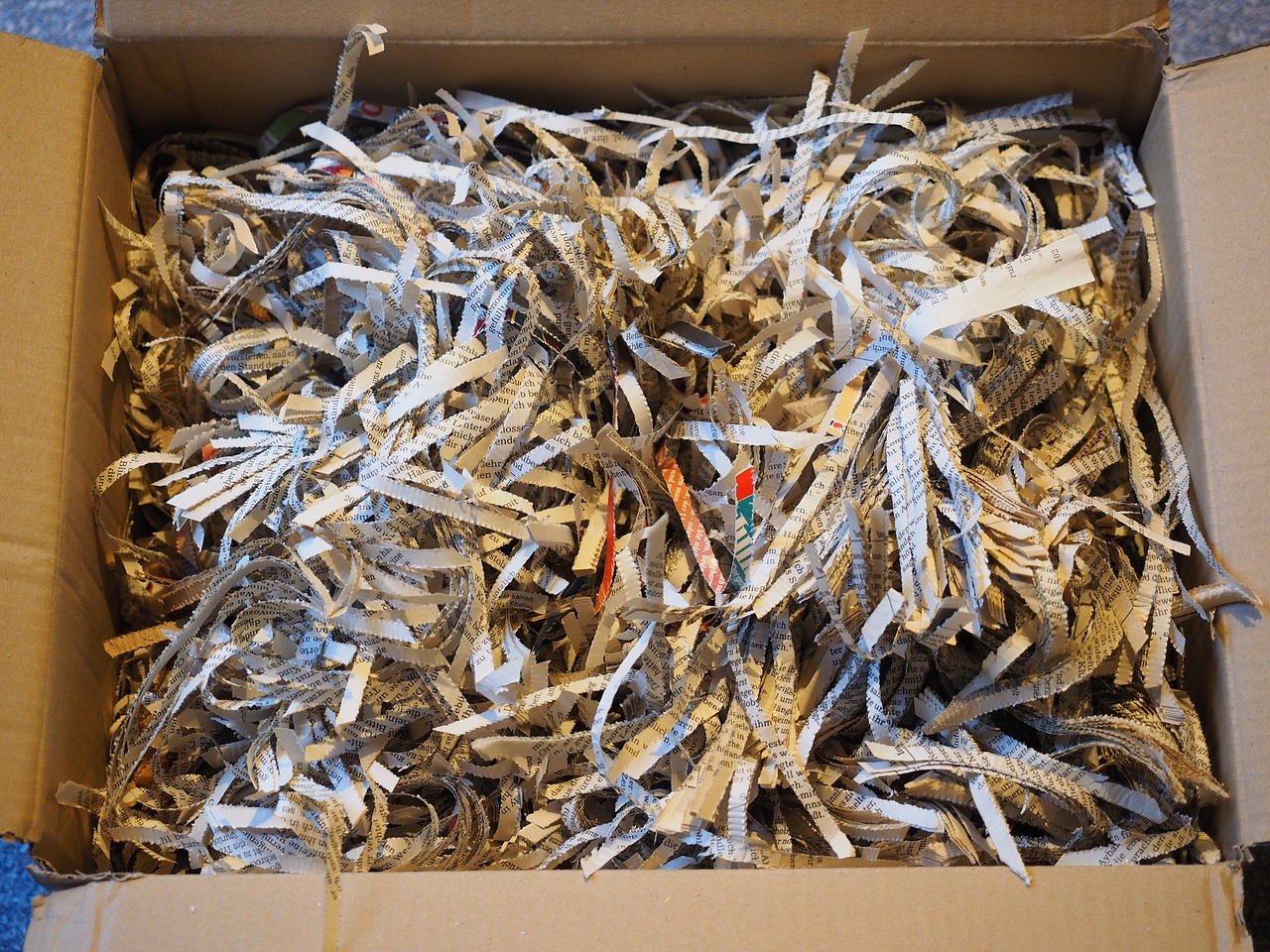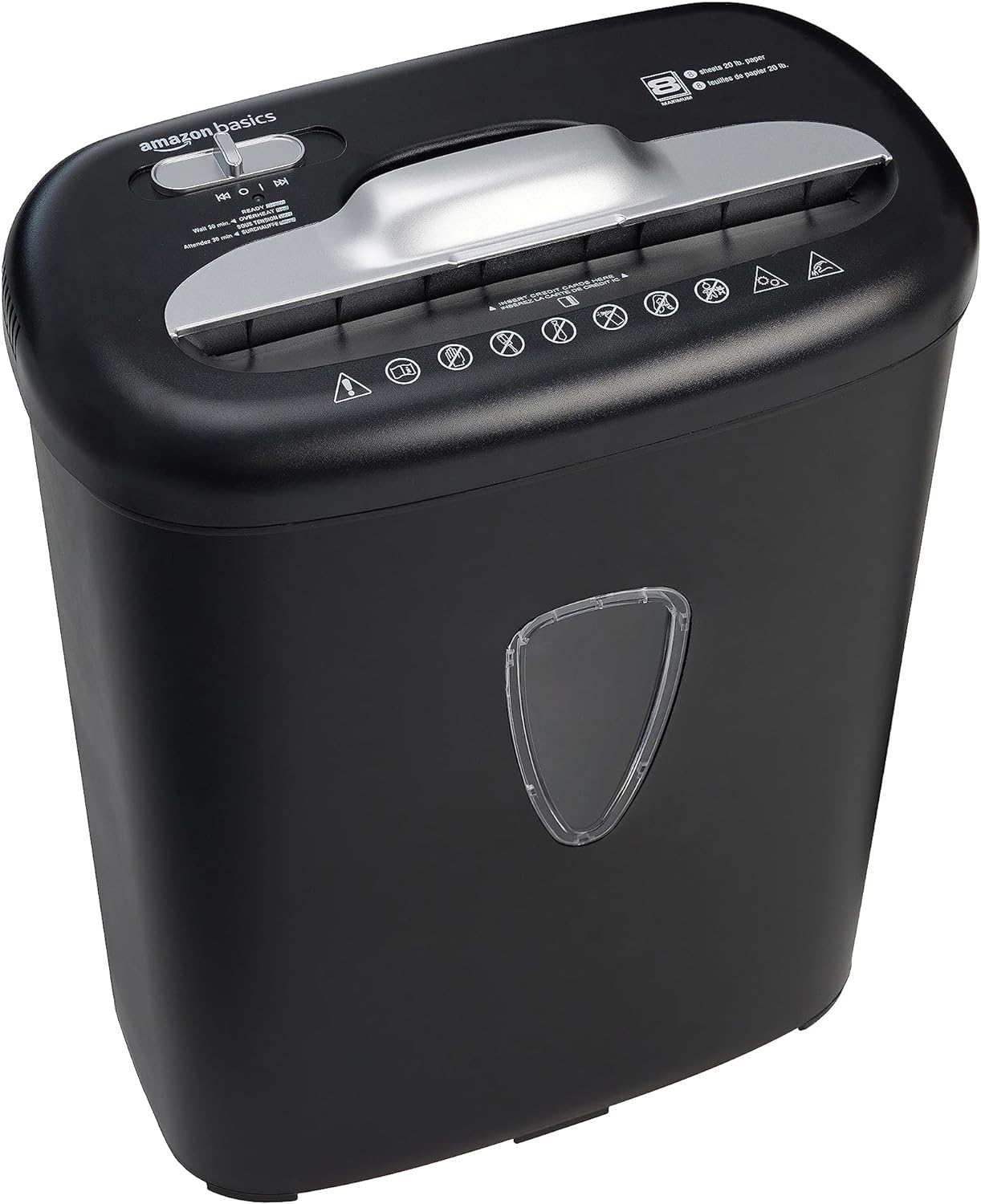When it comes to shredding documents and disposing of sensitive information, you want a shredder that not only gets the job done efficiently but also keeps up with your needs. That’s why it’s important to understand the maximum run time of a shredder. The maximum run time refers to how long a shredder can continuously operate without overheating or causing any damage. Whether you’re a small business owner or a home user, knowing the maximum run time of a shredder can help you make an informed decision and ensure that your shredding tasks are completed smoothly and seamlessly.
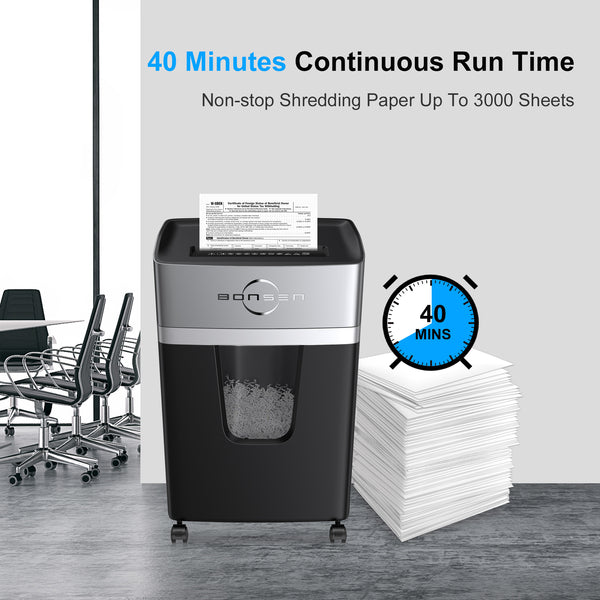
Factors Affecting Shredder Run Time
When it comes to determining the maximum run time for a shredder, there are several factors that come into play. Understanding these factors is essential for optimizing and prolonging the shredder’s performance. In this article, we will explore the various factors that affect the run time of a shredder, including motor power, shredder design, shredder type, feed material, and the choice between continuous and intermittent use.
Motor Power
Definition
Motor power refers to the amount of power generated by the motor in the shredder. It is measured in horsepower (HP) and directly impacts the performance and run time of the shredder.
Impact on Run Time
The motor power plays a crucial role in determining the run time of a shredder. Shredders with higher motor power generally offer longer run times compared to those with lower power. This is because higher motor power allows for more efficient and faster shredding, resulting in decreased strain on the machine.
Motor Power vs. Run Time
It’s important to note that while higher motor power generally leads to longer run times, other factors such as shredder design and feed material can also influence the overall run time. Therefore, it is necessary to consider motor power in combination with other factors to achieve optimal run time for a specific shredding application.

Shredder Design
Blade Configuration
The blade configuration refers to the arrangement and design of the blades in the shredder. The number and shape of the blades greatly impact the efficiency and run time of the shredder.
Cutting Chamber Size
The cutting chamber size determines the amount of material that can be fed into the shredder at a given time. A larger cutting chamber allows for more material to be processed, reducing the frequency of interruptions and increasing the run time.
Wear-resistant Components
Shredder components that are made from wear-resistant materials such as hardened steel can significantly enhance the run time of the machine. These components minimize wear and tear, extending the lifespan of the shredder and maintaining its performance over time.
Impact on Run Time
Shredder design plays a critical role in determining the run time. Efficient blade configuration, optimal cutting chamber size, and the use of wear-resistant components all contribute to prolonging the shredder’s run time, as they enhance the machine’s overall performance and durability.
Shredder Type
Single Shaft Shredder
A single shaft shredder features a single rotating shaft with multiple blades. This type of shredder is commonly used for various materials and offers a reliable and efficient shredding process.
Dual Shaft Shredder
The dual shaft shredder operates with two counter-rotating shafts equipped with sharp blades. This design allows for more effective shredding of tougher materials and offers a higher capacity compared to single shaft shredders.
Four Shaft Shredder
A four shaft shredder, as the name suggests, consists of four rotating shafts, each with its own set of blades. This type of shredder provides superior shredding capabilities and is often used for heavy-duty applications.
Hammermill Shredder
Hammermill shredders use rotating hammers to shred materials. They are known for their ability to handle a wide range of feed materials and are commonly used in industries such as recycling and waste management.
Impact on Run Time
The choice of shredder type can significantly impact the run time. Each type offers unique capabilities and is suited for different shredding applications. Selecting the appropriate shredder type for the specific task at hand ensures optimal run time and overall performance.
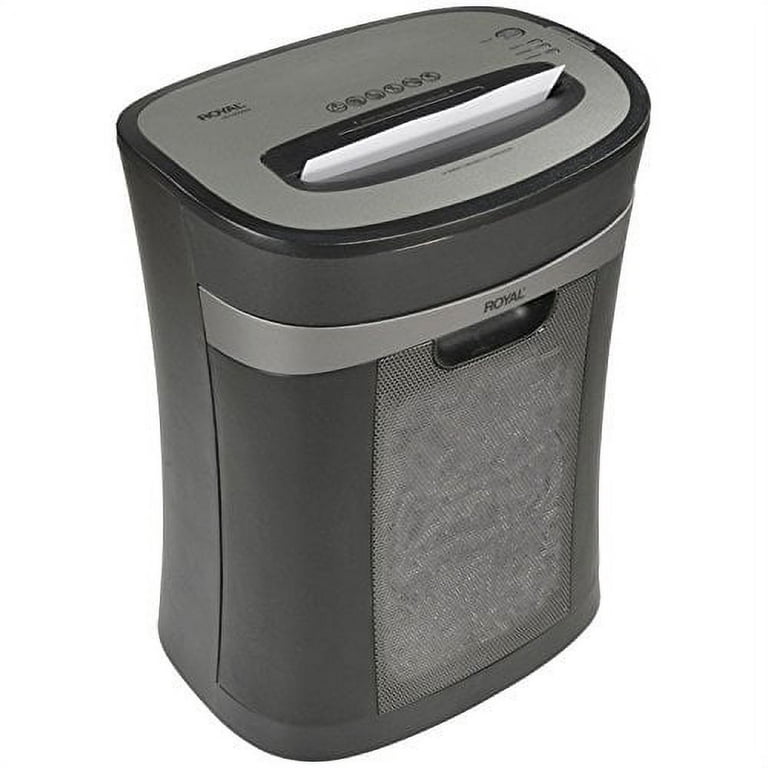
Feed Material
Material Type
The type of material being shredded greatly affects the run time of the shredder. Different materials have varying properties, such as hardness and size, which can impact the shredding process and the overall run time.
Material Density
Material density refers to the mass per unit volume of the material. Materials with higher density can put more strain on the shredder, potentially reducing the run time. It is crucial to consider the density of the feed material when determining the optimal run time for a shredder.
Moisture Content
Moisture content in the feed material can have a significant impact on the run time of a shredder. Moisture increases the difficulty of shredding, potentially causing clogging and decreasing the overall efficiency and run time of the machine.
Impact on Run Time
The feed material properties directly influence the run time of the shredder. Choosing the right shredder and making adjustments based on the characteristics of the material ensures optimal run time and prevents premature wear and tear.
Continuous vs. Intermittent Use
Definitions
Continuous use refers to operating the shredder consistently without any breaks, while intermittent use involves using the shredder in intervals with resting periods in between.
Run Time Limitations
Both continuous and intermittent use have their own run time limitations. Continuous use can lead to overheating and excessive strain on the shredder, while intermittent use can reduce overall productivity due to frequent start-stop cycles.
Factors for Consideration
When deciding between continuous and intermittent use, factors such as the shredder’s motor power, design, and feed material should be taken into account. These factors, along with the intended application and workload, will help determine the ideal mode of operation for maximizing run time.
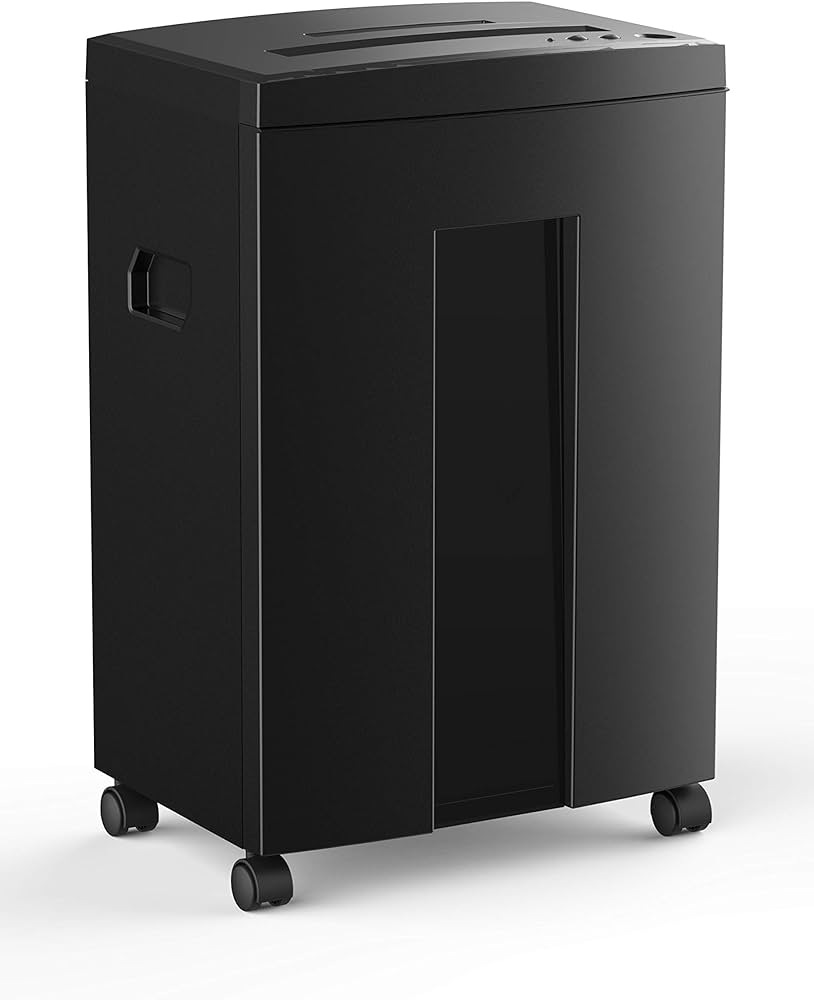
Maintenance and Care
Proper Lubrication
Regular lubrication of the shredder’s moving parts is crucial for ensuring smooth operation and prolonging the run time. Proper lubrication minimizes friction, reduces wear and tear, and helps maintain the shredder’s performance over an extended period.
Cleaning and Maintenance Schedule
Adhering to a regular cleaning and maintenance schedule is essential for optimizing the run time of a shredder. Removing any debris and inspecting the machine for signs of damage or wear ensures that the shredder operates at its best capacity, minimizing the risk of breakdowns.
Impact on Run Time
Neglecting maintenance and care can lead to decreased run time and compromised performance. By following proper lubrication practices and implementing a thorough cleaning and maintenance schedule, the run time of the shredder can be maximized.
Safety Considerations
Overheating Protection
Shredders equipped with overheating protection features can help prevent damage to the motor and other components. These safety measures automatically shut down the shredder when it reaches a certain temperature threshold, ensuring the longevity and overall run time of the machine.
Emergency Stop Features
Emergency stop features are essential for ensuring the safety of operators and preventing accidents. In the event of an emergency, the shredder can be immediately stopped, minimizing any potential damage and preserving the run time.
Impact on Run Time
While safety considerations primarily focus on preventing accidents and protecting personnel, they indirectly impact the run time of the shredder. By implementing the necessary safety features, the risk of damage or breakdowns is reduced, ultimately prolonging the run time of the machine.
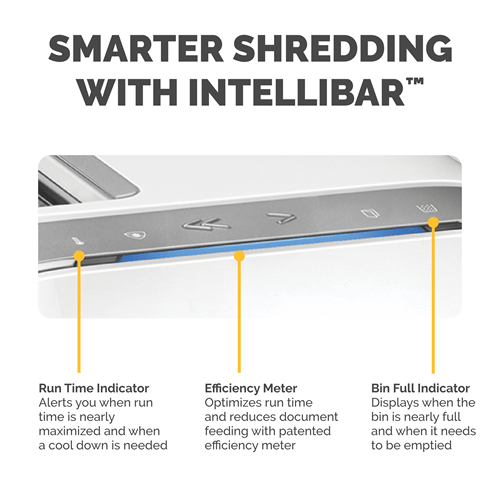
Environmental Impact
Energy Efficiency
Energy-efficient shredders not only contribute to reducing energy consumption but also increase the run time. By utilizing energy-efficient motors and optimized design, these shredders can operate for longer periods without excessive power consumption.
Noise Levels
The noise level generated by shredders can be a concern, especially in environments where noise reduction is important. Some shredders are designed with noise reduction features, ensuring a quieter operation without compromising run time or performance.
Impact on Run Time
Opting for environmentally friendly shredders not only reduces the carbon footprint but also plays a role in maximizing run time. Energy-efficient and quieter shredders ensure a sustainable and efficient shredding process with extended run time.
Conclusion
In conclusion, various factors affect the run time of a shredder. Motor power, shredder design, shredder type, feed material, and the choice between continuous and intermittent use all have a significant impact on the overall performance and run time. By carefully considering these factors, proper maintenance and care, and implementing necessary safety features, the run time of a shredder can be maximized, resulting in enhanced efficiency and productivity.

